Renters now consistently put more value on digital features than traditional physical amenities. According to a 2024 NMHC/Grace Hill survey, 87 percent expect Wi-Fi to be live the moment they move in. And nearly half say they’re more likely to lease a unit with verified connectivity certification. Other reports show high-speed broadband is more desired than a gym or private garage, and even resident portals (at 23 percent) are now more common than features like premium appliances (12 percent) and playgrounds (15 percent).
If these numbers indicate anything, it’s that connectivity and digital amenities aren’t just perks anymore. They’re baseline expectations with financial consequences.
And when these systems are missing or subpar, it shows up in higher turnover, more service complaints, and lower satisfaction scores.The digital infrastructure behind internet, automation, and data access now shapes how properties perform. Yet most financing models still overlook it.
For owners trying to grow NOI without raising rent, this blind spot matters. If a digital infrastructure is outdated, fractured, or controlled by outside vendors, it limits the property’s upside. But when it’s consolidated, secured, and owned, it opens up new levers for value creation in areas like smart energy savings and insurance premium reductions to monetizable managed Wi-Fi.
The next big financial lever in the rental market may not be more amenities, but data and digital infrastructure hiding in plain sight.
Digital infrastructure is also a data strategy
Digital infrastructure does more than respond to tenant preferences. It can also be a big value driver, considering how buildings are rich with data flowing through them. From occupancy trends and energy consumption to streaming habits and Wi-Fi usage, this information is already being collected. Unfortunately, it’s usually third-party vendors collecting this data and not property owners. As a result, owners have no visibility into it, and no ability to act on it
That might seem like a minor IT issue, but it has bigger implications. Owners are essentially outsourcing a major asset class without realizing it. ISPs and proptech vendors benefit from the insights. The property does not. In some cases, this means properties struggle to diagnose energy issues, optimize staffing, or improve service response times. And all because they don’t have access to their own systems’ outputs. In others, it’s meant a buyer or lender inheriting a property with zero operational transparency or flexibility.
This is why we encourage owners to build toward a 5C standard: Clarify, Connect, Collect, Coordinate, and Control.
It starts by connecting systems on a resilient and unified network, rather than siloed vendor installations. From there, consolidation brings all digital services into central physical and infrastructures that the owner can manage. Control means taking ownership of the infrastructure itself, rather than relying on third parties. That enables Coordinate & Control: the ability to run analytics, apply AI tools, and manage performance internally. Only then can properties truly capitalize, by generating ancillary revenue, optimizing operations, and making better-informed decisions that affect NOI.
And this process has had positive impacts on real-world portfolios. One ownership group transitioned from ISP-controlled Wi-Fi to a managed Wi-Fi model for a 264 unit apartment complex. This was operated and monetized in-house. Instead of paying third parties for resident internet, they offered fast, secure service as a bundled amenity, capturing monthly fees directly and controlling the user experience. That shift turned a recurring expense into a recurring income stream.
More importantly, it gave them full control of their digital infrastructure (i.e., networks), which allowed them to layer on tenant apps, smart home features, and performance dashboards that would have been impossible on a vendor-owned system.
The new levers of NOI and value creation
What this all points to is a larger shift in how value is created and measured in rental housing. Finishes and physical amenities are no longer cutting it for value creation. The value-add now depends on whether the property can deliver the digital lifestyle residents expect and whether owners can control and monetize the infrastructure that makes it possible.
This should matter not only to operators but also to lenders, brokers, and anyone modeling long-term returns. If NOI is tied to tenant satisfaction and operational efficiency, then the data and digital systems behind those outcomes deserve more attention.
In a tight-margin environment, digital infrastructure should evolve from being framed as an “upgrade” because in truth, it is an essential part of the financial engine.
Bill Douglas is the CEO of OpticWise and co-author of Peak Property Performance (Fast Company Press).
This column does not necessarily reflect the opinion of HousingWire’s editorial department and its owners.
To contact the editor responsible for this piece: [email protected].


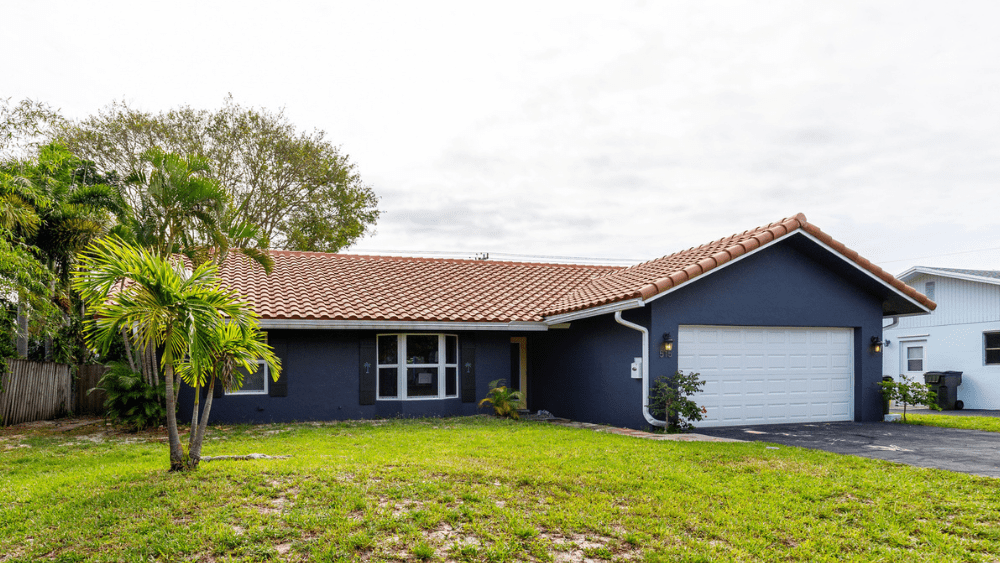
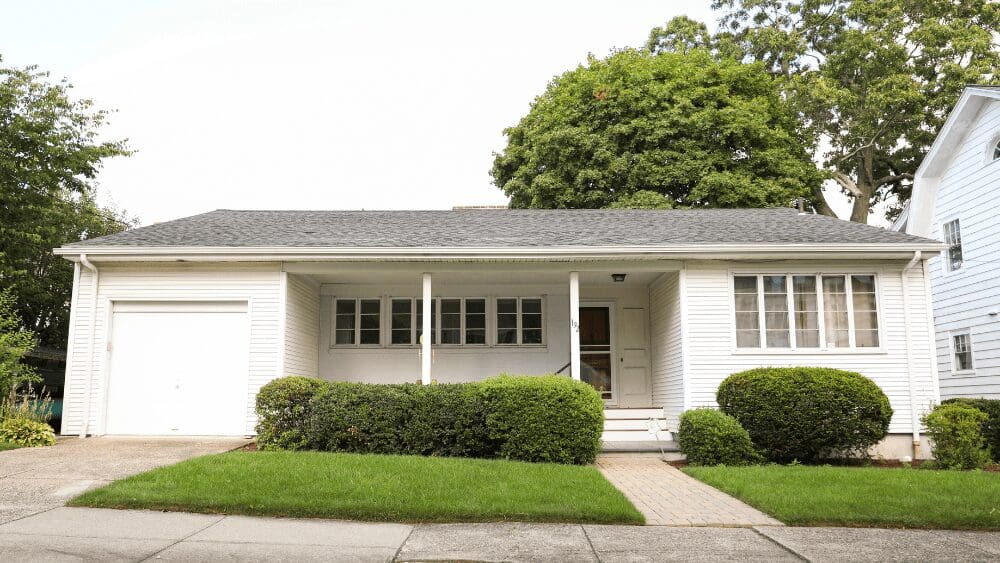

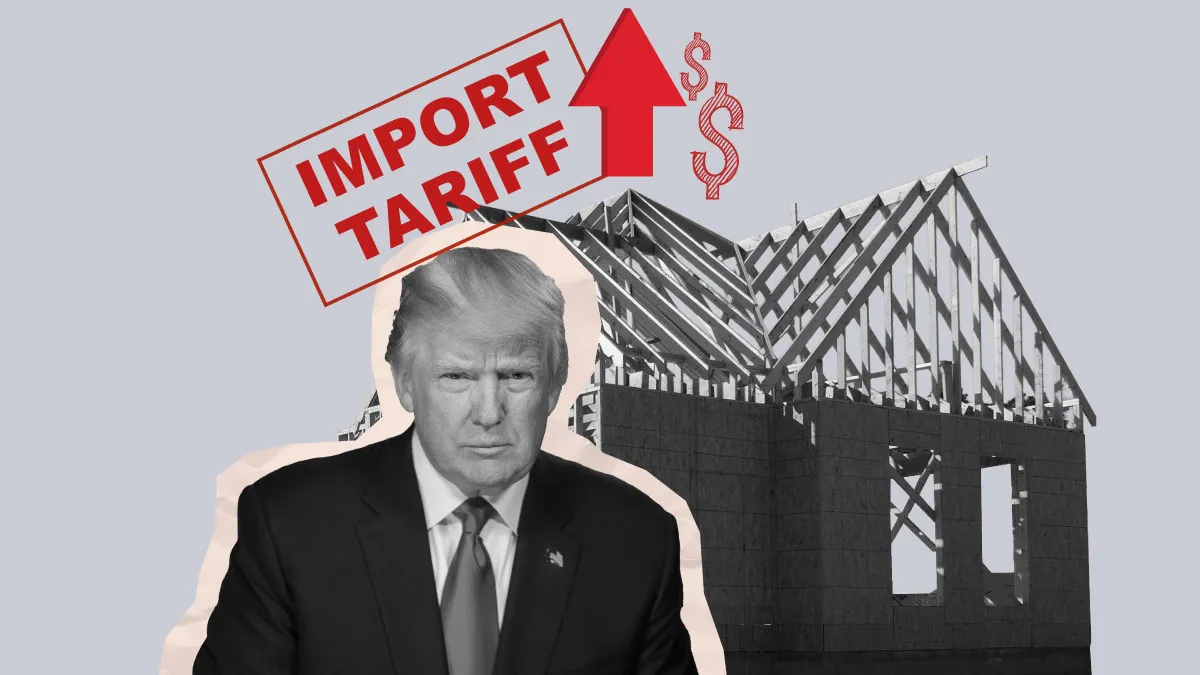



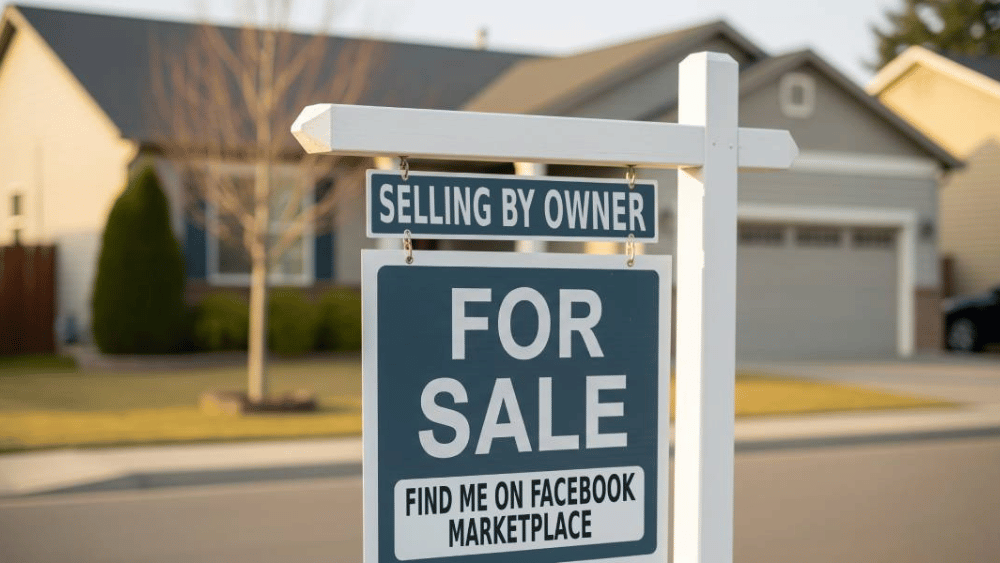








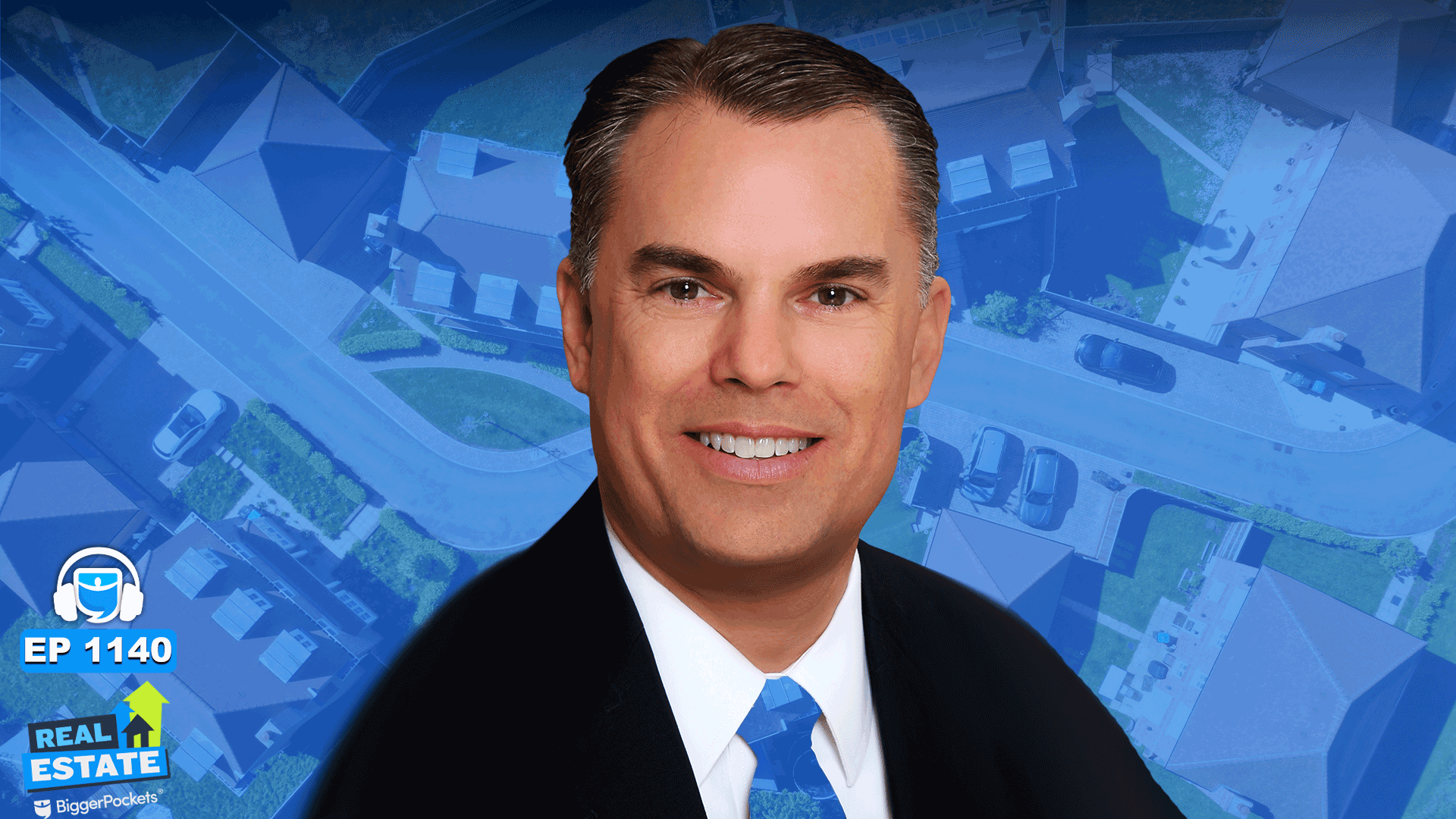
 English (US) ·
English (US) ·